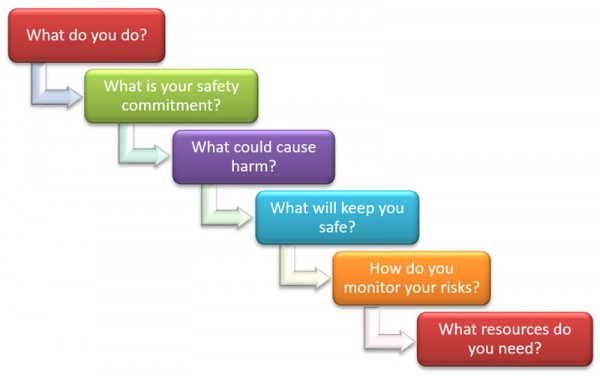However you structure your safety case, you should have your safety commitment clearly flow through it, linking what you do with why you do it. To do this, your organisation will need to break down that high-level commitment until it understands how individual activities contribute to it.
This allows you to demonstrate:
Example structure
Although there is no document structure you’re legally required to deliver for a safety case, we recommend you split your document into sections that allow you to step through your reasoning.
The structure suggested below frames each section as a question, and this guidance aims to help you fully answer each one to meet the requirements of Section 30 of the Railways Act(external link).
Note: The table below lists the specific legislation contained within each section.

|
Section |
Inclusions from Section 30 of the Railways Act |
|
(1)(a), (1)(c) |
|
|
(1)(b), (1)(c), (1)(h), (1)(l), (1)(m) |
|
|
(1)(d), (1)(e), (1)(l) |
|
|
(1)(d), (1)(f), (1)(g), (1)(g), (1)(k), (1)(j) |
|
|
(1)(i), (1)(h) |
|
|
(1)(g), (1)(l), (2) |